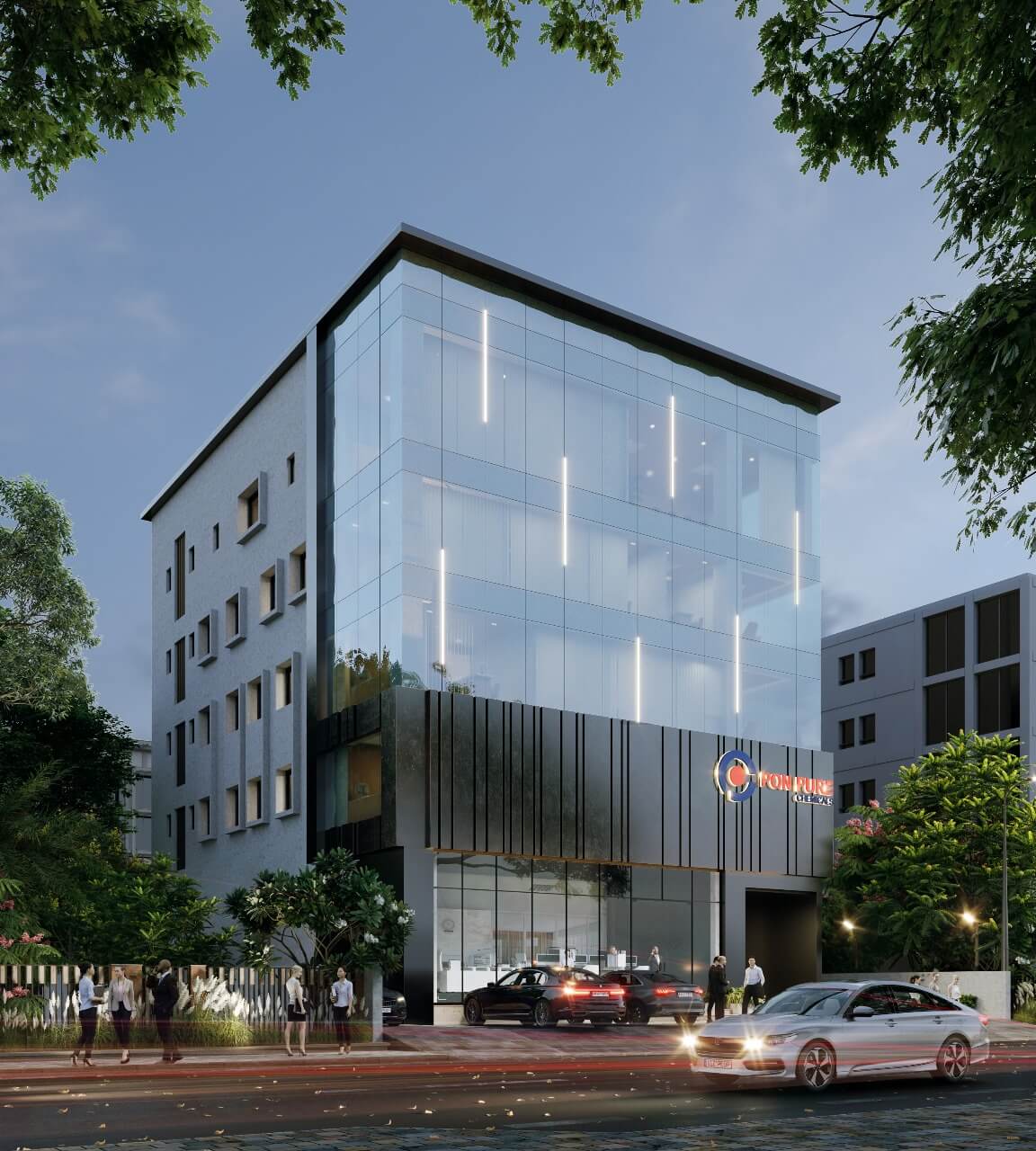Rotary Printing

Rotary Printing
Rotary screen printing has become a dominant method in textile manufacturing due to its efficiency and ability to produce intricate patterns at high speeds. Unlike flat screen printing, which operates in an intermittent manner, rotary screen printing offers continuous fabric processing at speeds of up to 50 meters per minute, provided adequate drying capacity is available. This makes it the preferred technique for high-volume production runs. Key Requirements for Rotary Screen Printing Screen – A cylindrical, perforated screen through which the print paste passes. Open (Design) Area – The areas of the screen where the design allows the paste to flow through. Print Paste Feed – A system that delivers the print paste evenly to the fabric. Squeegee Blade – A flexible blade that forces the paste through the screen onto the fabric. Fabric – The material being printed on. Printed Area – The portion of the fabric that receives the design. Blanket – A thermoplastic adhesive-coated neoprene surface that holds the fabric in place. Level Control – A system to ensure even paste distribution and proper screen registration. Rotary Screen Printing Process The process uses a cylindrical screen that rotates while the fabric moves beneath it. Here’s a breakdown of how it works: Blanket – The printing blanket used in rotary printing is shorter than in flat screen printing, as cylindrical screens occupy less fabric length. The diameter of these cylindrical screens is about 3.14 times smaller than their circumference. Paste Delivery – Print paste is pumped into a central pipe running through the screen. The pipe has holes that are strategically larger toward the far end to ensure even distribution of the paste along the length of the screen. Squeegee Mechanism – A flexible stainless steel squeegee blade remains stationary inside the rotating screen. As the screen rotates, the paste collects under the squeegee, which forces it through the perforations of the screen onto the fabric. This is different from flat screen printing, where the squeegee itself moves to apply the paste. Tension and Drive Mechanism – The cylindrical screens are kept under tension along the cylindrical axis to support their rotation. They are attached to aluminum end rings, and both the blanket and the screen drives are synchronized to ensure smooth operation. Pattern Registration – To achieve correct pattern alignment, the height of the screens can be adjusted, and the rotation can be fine-tuned. In cases where large design repeats are required, screens can be raised and lowered intermittently, allowing two or three different screens to print the same color in sequence. Customization – The blade’s curvature and pressure can be adjusted by side bearings to ensure uniform paste transfer across the entire width of the screen. This flexibility ensures consistent, high-quality results. Advantages of Rotary Screen Printing Continuous Process – Unlike flat screen printing, the rotary method is fully continuous, resulting in faster production speeds. High Efficiency – With proper setup, rotary screen printing achieves high output with reduced setup times, making it ideal for large-scale textile production. Intricate Patterns – The cylindrical screen design allows for the creation of detailed and complex patterns. Even Paste Distribution – The squeegee and paste delivery system are designed to ensure that paste is distributed evenly across the fabric. This modern technique has revolutionized textile printing, providing flexibility, efficiency, and precision in the application of patterns and designs. Would you like more details on specific types of fabrics best suited for rotary screen printing or the range of designs achievable with this method?
Request for QuoteProduct List
| Product Name | Description | |
|---|---|---|
| TiO2 Dispersion | ||
| TiO2 Dispersion | ||
| Polymeric TiO2 Dispersion | ||
| Naphtha (Petroleum), Hydrotreated Heavy | ||
| Naphtha (Petroleum), Hydro Treated Heavy | ||
| Naphtha (Petroleum), Hydrotreated Heavy | ||
| Naphtha (Petroleum), Hydro Treated Heavy | ||
| Naphtha (Petroleum), Hydrotreated Heavy | ||
| Zinc Bis(Hydroxymethanesulphinate) | ||
| Zinc Bis(Hydroxymethanesulphinate) | ||
| Cellulosic Derivative | ||
| Sulfinic Acid Derivative in Water | ||
| Naphtha (petroleum), Hydrotreated Heavy | ||
| Alcohols, C12-15, Branched and Linear, Ethoxylated | ||
| Acrylic Copolymer | ||
| Acrylic Copolymer | ||
| Acrylic Copolymer | ||
| Acrylic Copolymer | ||
| Acrylic Copolymer | ||
| Acrylic Copolymer | ||
| Anionic Polyacrylamide Emulsion | ||
| Acrylic Polymer | ||
| Naphtha (Petroleum), Hydrotreated Heavy / 2,2'- Oxybisethanol | ||
| Acrylic Copolymer | ||
| Diethylene Glycol / 2-(2-Butoxyethoxy)Ethanol | ||
| Silicone | ||
| Acrylic Copolymer | ||
| Acrylic Copolymer In Aqueous | ||
| Anionic Surfactant, Sodium Salt | ||
| Aryl Ethylphenyl Polyglycol | ||
| Acrylic Copolymer | ||
| Acrylic Copolymer | ||
| Acrylic Binders | ||
| Triethanolamine /2,2-Oxybisethanol |




















